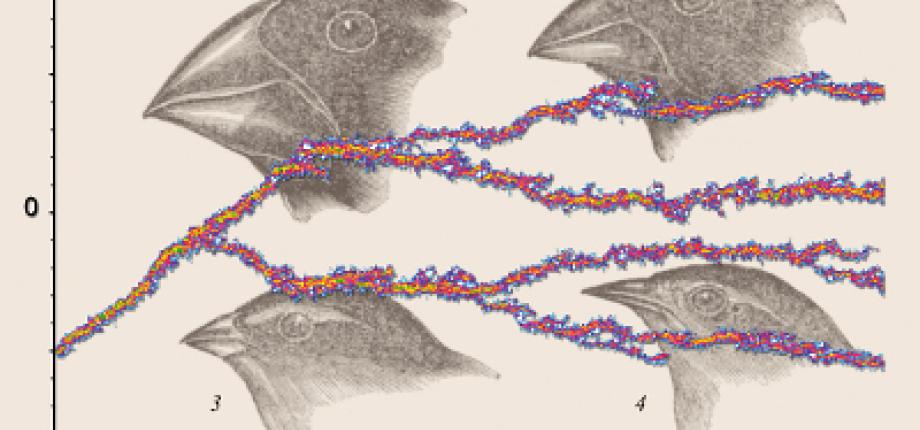Séminaire du Pôle Probabilités

Lieu : nouvelle salle de conférence du CMAP (salle 3005, dernier étage, aile 05 - soit le long couloir perpendiculaire à l’aile 0)
Horaire : un mardi sur deux, de 10h à 11h
Remarque : aux mêmes dates et dans la même salle, à 11h30, a lieu le séminaire du pôle Analyse.
Les organisateurs : Quentin Cormier, Stefano De Marco, Fabrice Djete & Charlotte Dion-Blanc.
(à contacter à l'alias orga-seminaire-pole-proba "at" meslistes.polytechnique.fr)
Prochaines séances :
Mardi 2 décembre : Djalil Chafaï (CEREMADE, Paris Dauphine; DMA, ENS)- Aspects of the Cutoff Phenomenon for Diffusions
The cutoff phenomenon, conceptualized in the context of finite Markov chains, states that for certain evolution equations, started from a point, the distance towards a long time equilibrium may become more and more abrupt in high dimensional state spaces and for certain choices of initial conditions. This can be seen as a critical competition between trend to equilibrium and initial condition. This talk is about the cutoff phenomenon for a few classes of linear and nonlinear diffusions. This is about joint works with Jeanne Boursier, and Cyril Labbé, with Max Fathi, and with Max Fathi and Nikita Simonov.
____________________________________________________________
Anciens séminaires
2024-2025
Mardi 24 juin : Charlotte Dion-Blanc (Sorbonne Université) - Nonparametric Estimation for Hawkes Diffusion Systems
Mardi 10 juin : Clément Foucart (Université Sorbonne Paris Nord) - Processus de branchement avec compétition en temps et espace continus et conditionnement à la non-extinction
Mardi 27 mai : Ahmed Kebaier (Université d'Evry) Approximation of Stochastic Volterra Équations with kernels of completely monotone type.
Mardi 29 avril : Pierre Le Bris (IHES) : On uniform in time propagation of chaos in the metastable Curie-Weiss model
Mardi 15 Avril : Nicolas Champagnat (Inria Nancy) - Convergence vers l'équation canonique de la dynamique adaptative d'un modèle individu-centré dans un régime de mutations petites mais fréquentes
Mardi 1 avril : Laurent Ménard (Modal'X, Paris Nanterre) - Mariages unimodulaires optimaux
Mardi 18 mars : Arvind Singh (LMO, Université-Paris-Saclay) - Jeu de Penney et jeu de Litt
Mardi 04 mars : Huyên Pham (CMAP) - Control of large-scale heterogeneous systems: an extended graphon mean-field approach
Mardi 04 février : Emmanuel Schertzer (University of Vienna) - Principe d'invariance en génétique des populations
Mardi 21 janvier : Guilherme Ost (Univ. Federal do Rio de Janeiro) - Binary graphical models with mean-field interactions: community detection and dependence graph density estimation
Mardi 07 janvier : Eva Loecherbach (Univ Paris 1) - Propagation du chaos conditionnelle pour des systèmes de particules avec des sauts stables
Mardi 17 décembre : Paul Gassiat (Paris Dauphine) - Un flot de gradient sur l'espace des contrôles avec condition initiale irrégulière
Mardi 03 décembre : Mehdi Talbi (Univ. Paris Cité) - Control of Volterra-type dynamics and applications to contract theory
Mardi 19 Novembre : Marek Kimmel (Rice University, Houston, Etats-Unis) - Estimating Past Events in Cancer Through Stochastic Modeling of DNA Sequencing Data
Mardi 5 Novembre : Arno Siri-Jégousse (UNAM Mexique) - Évolution et généalogies de populations autosimilaires
Mardi 22 Octobre : Michael Goldman (CMAP) - Recent progress on the optimal matching problem


